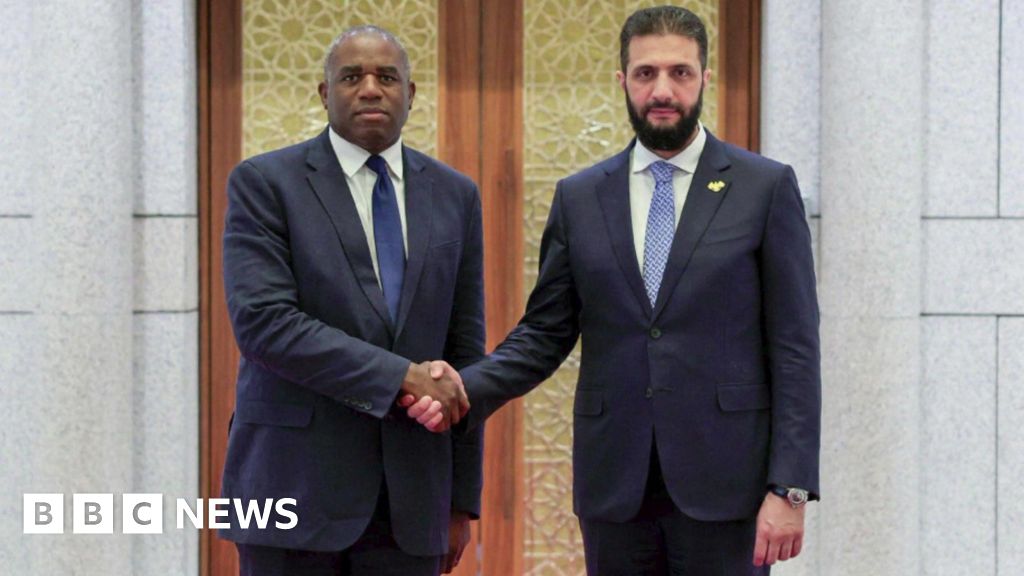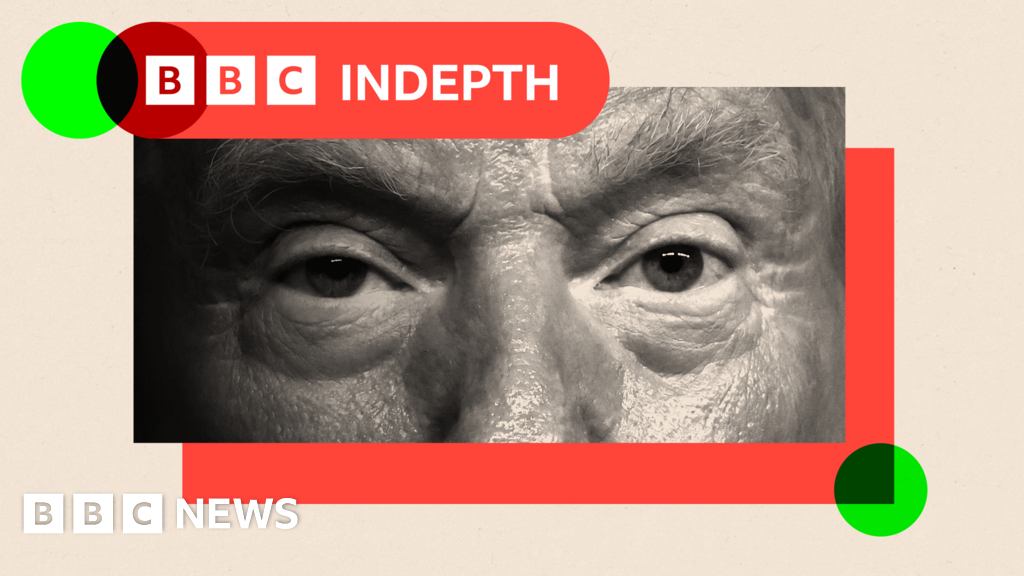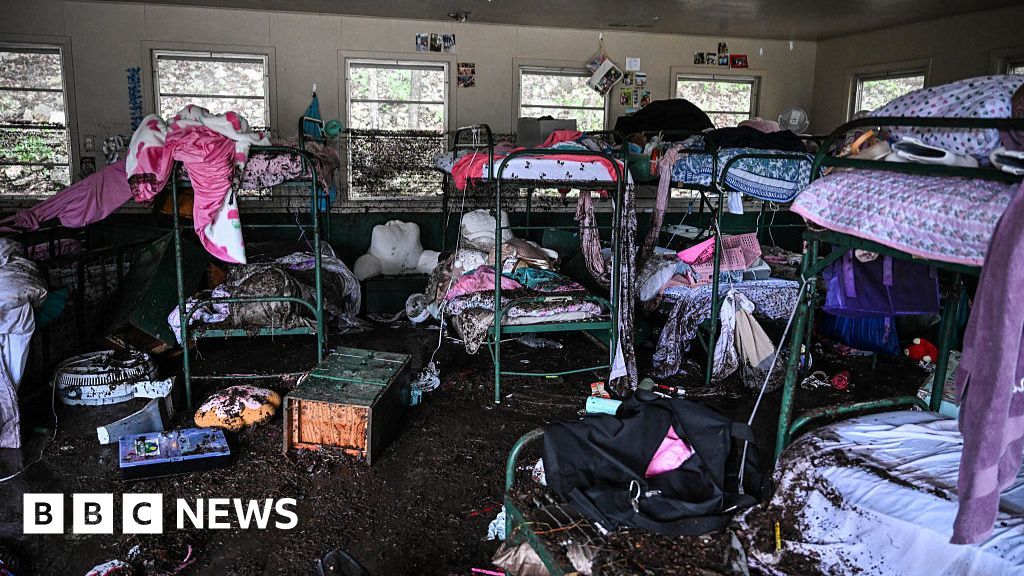Key Takeaways
- Bolivia allows banks and financial institutions to operate within a regulated digital asset framework.
- Cryptocurrencies are not legal tender, but their use is much less restricted.
- The shift follows GAFILAT’s recommendations and aligns Bolivia with regional efforts.
- Bolivia now treats crypto as a financial tool, aiming to support remittances, promote inclusion, and respond to inflation and dollar shortages.
The world of crypto often feels tied to innovation and advanced tech. In developing countries, it might seem distant—but the reality tells a different story.
Digital assets offer real solutions where inflation, dollar shortages, and remittance costs hit hardest. Bolivia shows how crypto can matter most in places where traditional finance falls short.
After years of strict bans, the country has started to shift, recognizing the value of regulation over rejection.
This article breaks down Bolivia’s journey from prohibition to policy change—and how its new stance could reshape the region.
Bolivia’s Shifting Crypto Policy
In 2014, the Banco Central de Bolivia (BCB), Central Bank of Bolivia, banned financial institutions from using digital assets, citing risks to monetary stability and illicit activities. It stated that these virtual currencies were “mainly used in online commercial transactions” and carried several disadvantages.
The authority has emphasized its stance multiple times, shaping its position, approach, and understanding according to the evolution of the crypto space.
For example, in 2017, it explicitly listed Bitcoin, Namecoin, Tonal, IxCoin, Devcoin, Freicoin, 10coin, Liquidcoin, Peercoin, Quark, Primecoin, and Feathercoin among the approximately 860 cryptocurrencies being used globally as means of payment at the time—numbers that have since multiplied.
In 2020, the CBC reiterated its position on the dangers of using cryptocurrencies, citing concerns related to cybersecurity risks and potential links to terrorism financing.
In 2021, referring to cryptocurrencies, the BCB recommended “avoiding their use, commercialization, and trading, as they are issued anonymously and, in cases of fraud, scams, or losses to holders, there are no guarantees to protect the investment.”
However, it is important to note that the ban did not apply to individual users. People in Bolivia could still buy or hold cryptocurrencies on their own but without support from banks or local platforms. This left users at risk, often relying on peer-to-peer exchanges or international apps to access crypto.
In June 2024, BCB lifted its cryptocurrency ban. Not only that, it shifted the policy and national approach to crypto.
2024 Crypto Reversal in Bolivia
In coordination with the Financial System Supervisory Authority (ASFI) and the Financial Investigations Unit (UIF) , BCB authorized financial institutions to conduct cryptocurrency transactions through authorized electronic channels. This decision reversed the prohibition established in 2014.
Although the BCB clarified that cryptocurrencies are still not considered legal tender, the move enabled regulated crypto activity within the country’s financial system for the first time.
Businesses are not obligated to accept digital currencies, but banks and other entities may now legally engage in crypto-related services.
This reversal reflects Bolivia’s alignment with regional and international trends favoring regulation over prohibition. It also follows the recommendations of The Financial Action Task Force of Latin America (GAFILAT), which urged member states to implement clearer policies for virtual asset service providers.
The BCB has even recognized and publicly shared the prices of cryptocurrencies such as Tether (USDT), Bitcoin (BTC), and Ether (ETH).
Impact and Implications of Bolivia Embracing Crypto
Bolivian leaders now see crypto as a tool to support remittances, expand financial access, and help people save during inflation. Some major implications are:
- Economic integration: Crypto could help Bolivians receive remittances faster and at lower costs. It also offers an alternative for those excluded from traditional banking.
- Crypto education: Bolivia has launched public awareness campaigns to teach people about crypto basics, risks, and how digital assets work.
- Regulatory framework: Officials are drafting crypto regulations focused on safety, transparency, and innovation. The goal is to guide responsible use while preventing scams.
- Regional alignment: Bolivia’s evolving stance follows the path of neighboring countries. This opens the door for future cooperation on rules and technology. The next section looks deeper into this aspect.
Bolivia’s shift is slow but clear. After years of bans, the country now sees crypto as a tool worth watching.
Bolivia’s BRICS Partnership and Its Evolving Stance on Digital Finance
While not a full member, Bolivia has strengthened ties with BRICS, becoming an official partner country in January 2025.
This growing relationship reflects the country’s interest in alternative financial systems and cooperation among emerging economies.
As BRICS continues to explore digital currencies for cross-border trade and financial independence from traditional power structures, Bolivia’s regulatory shift on crypto could be aligned with these regional ambitions.
Its evolving stance positions it as a potential player in broader digital finance and economic integration discussions.
Bolivia and Beyond: Latin America’s Crypto Evolution
Bolivia’s evolving stance on cryptocurrencies mirrors a broader trend across the continent.
Latin America has diverse crypto adoption patterns driven by economic instability, remittance needs, and the pursuit of financial inclusion.
Notable examples include:
El Salvador
In 2021, El Salvador made history by becoming the first country to adopt Bitcoin as legal tender. This move aimed to enhance financial inclusion and attract investment. Despite initial challenges and international scrutiny, this bold move has positioned El Salvador as a pioneer in the crypto space.
Argentina
This country leads in crypto adoption as inflation rises and the economy struggles. Many citizens use digital assets to protect their money from losing value. This shift supports a growing number of crypto startups and exchanges. These platforms offer new financial tools that help people manage money in a harsh economic climate.
Brazil
Crypto also plays a major role in Brazil. In 2024, the country introduced clear regulations for crypto companies, boosting user trust. The Central Bank is testing Drex , its digital currency, to improve payments and expand access.
Millions of Brazilians use platforms like Nubank and Mercado Bitcoin. Young people and small businesses often use crypto to avoid transaction fees or protect their savings from inflation.
As a BRICS member, Brazil also supports discussions on using digital currencies for cross-border trade among emerging economies.
Mexico
Remittances are one of Mexico’s major economic resources, and crypto greatly impacts them. Many workers in the U.S. send money back home using crypto, and Mexicans are increasingly using services to swap crypto for pesos quickly.
Colombia
Colombia has a strong interest in Bitcoin and stablecoins. Crypto helps people avoid high bank fees or delays in traditional finance. The country has tested crypto payment solutions and is working on digital asset regulations.
Venezuela
Venezuela’s economic collapse has made crypto a lifeline. The Petro, launched in 2018, failed and was scrapped in 2024 after corruption issues. However, with the bolívar (the official currency of Venezuela) in freefall, many have turned to Bitcoin and USDT to save money and receive remittances.
Conclusion
Bolivia’s shift from a financial crypto ban to controlled regulation marks a major policy change. After years of warnings and restrictions, the country now sees crypto as a tool rather than a threat.
The reversal opened legal pathways for financial institutions to work with digital assets. It also signaled Bolivia’s intent to align with regional and global standards.
Across Latin America, countries face common challenges—currency devaluation, limited banking access, and reliance on remittances.
From El Salvador’s bold Bitcoin law to Brazil’s regulated digital ecosystem, the region shows growing support for crypto innovation. Bolivia is no longer standing apart. It’s joining a broader movement that treats crypto as part of the solution.
The road ahead will demand clear rules, strong education, and ongoing collaboration. But for Bolivia and its neighbors, the message is clear: crypto is reshaping how people move, store, and protect their money.
FAQs
Is crypto trading now legal in Bolivia?
Yes, trading is now permitted through authorized electronic platforms. The June 2024 policy shift allows individuals and institutions to engage in regulated crypto activity.
What role does GAFILAT play in Bolivia’s crypto policy?
GAFILAT, a regional anti-money laundering body, has encouraged countries like Bolivia to regulate rather than ban crypto. Its guidelines helped shape Bolivia’s new regulatory approach in 2024.
What protections do crypto users in Bolivia have?
What protections do crypto users in Bolivia have?
Was this Article helpful?


















